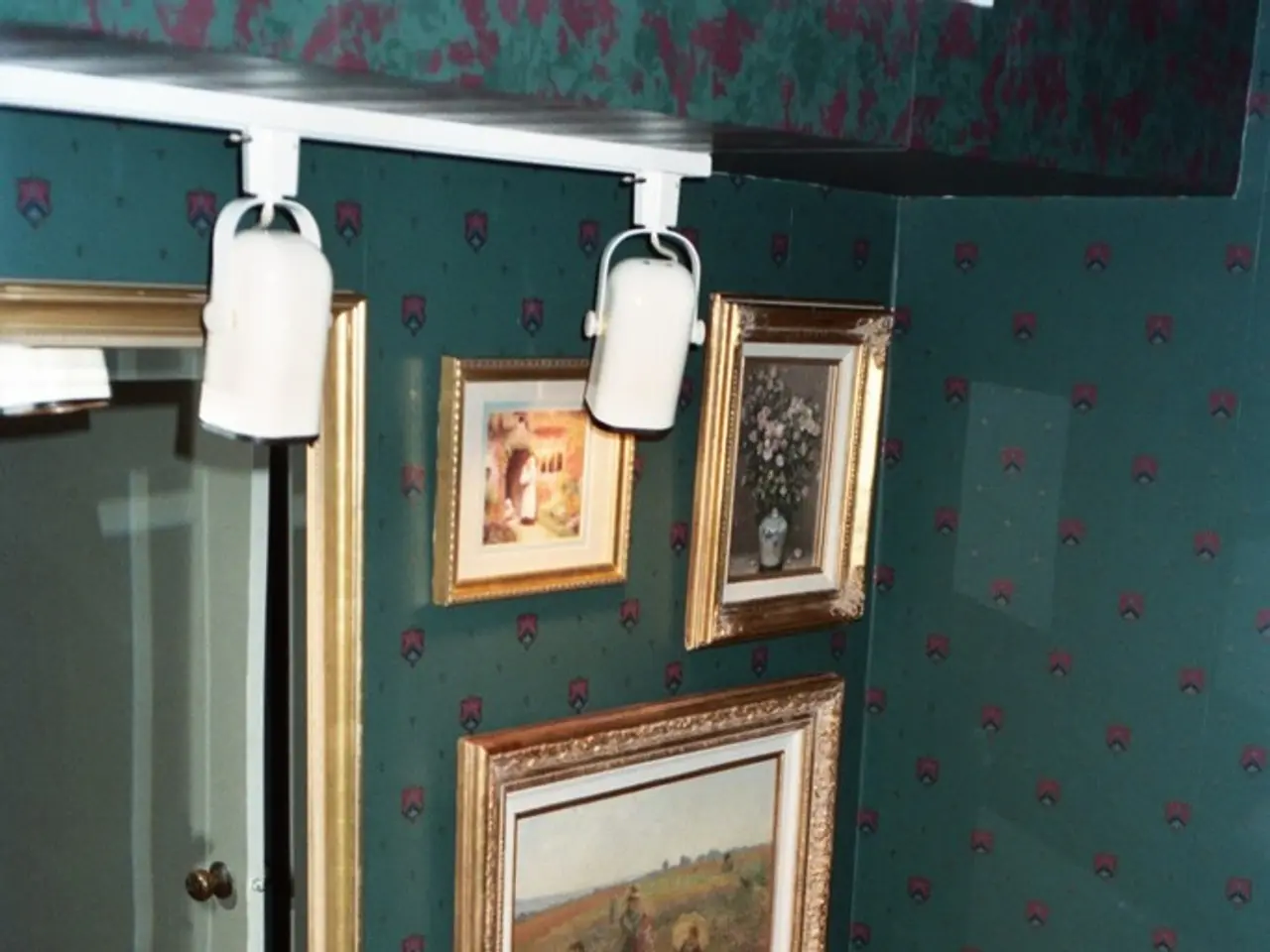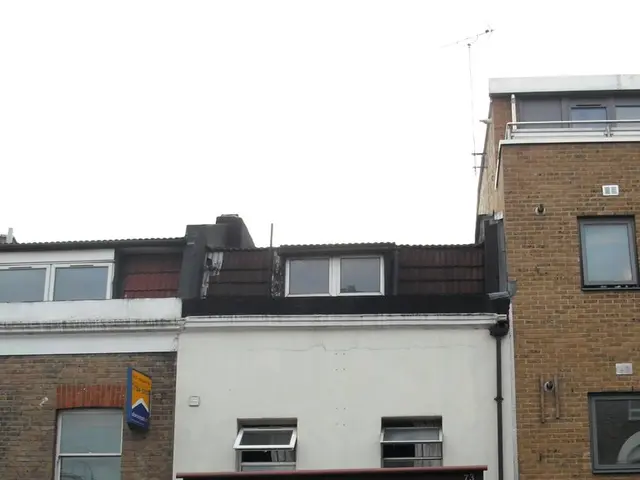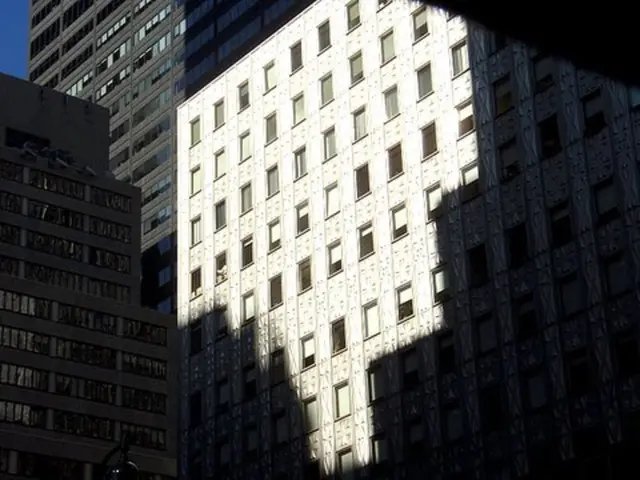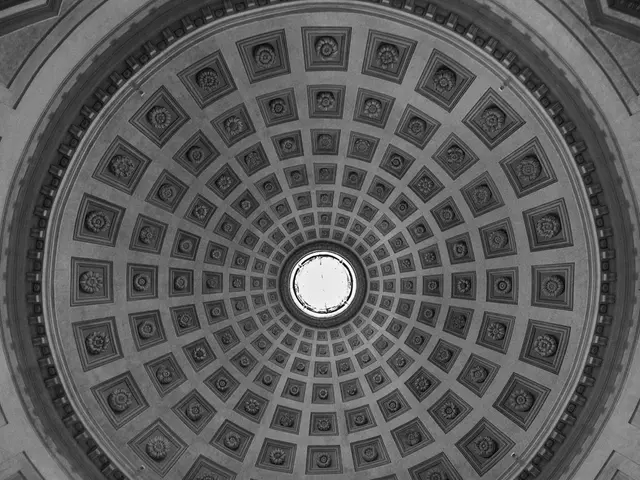Signs of Needing a Bathroom Redesign: Recognizing When to Renovate Your Restroom
Bathrooms, a common area for home renovations, can significantly impact the functionality, aesthetics, and overall value of a property. Here are the top signs that indicate a bathroom may need an upgrade and the benefits of addressing these issues promptly.
Worn or damaged flooring and tiles, outdated fixtures, and impractical layouts are clear indicators for remodeling. When floors and tiles show signs of wear, it often suggests damage in other areas as well. Small vanities, old-style tubs, and inefficient shower arrangements that no longer fit the home's style or functionality are strong indicators for change. Replacing these with modern, space-efficient fixtures improves usability and enhances the bathroom's appearance.
Early signs of mold or water damage, cracks, leaks, or fogging in shower doors, and old plumbing materials or contaminated water also necessitate immediate attention. Mold growth or bubbling paint caused by moisture suggests water damage, which requires prompt action to prevent health risks and structural problems. Leaky fixtures can be expensive due to water waste, and outdated fixtures often use significantly more water than modern alternatives.
Addressing these signs early offers several advantages. Preventing further damage avoids worsening of structural issues, such as water damage spreading to walls and floors, which can be costly to repair later. Updating old plumbing reduces exposure to harmful bacteria and chemicals, while mold remediation prevents respiratory problems.
A modern, functional bathroom aligns with updated home aesthetics, increasing market appeal and resale value. A bathroom redesign tailored for resale can make a strong impression and even justify a higher asking price. Renovating the bathroom allows addressing problems like mold and mildew growth directly, replacing old plumbing, sealing leaks, or upgrading the ventilation system.
Upgrading to materials designed to resist moisture, like mold-resistant paint or grout, can help keep mold and mildew at bay. Switching to energy-efficient and water-saving fixtures during a renovation is a smart investment that reduces water consumption and saves money in the long run. Installing a proper ventilation system, such as an exhaust fan, can prevent future mold growth.
Simple updates like fresh paint, new fixtures, or regrouted tiles can make a bathroom feel more appealing. Adding task lighting near mirrors or installing dimmable lights can make the bathroom more functional and comfortable. Modern lighting solutions, such as LED fixtures or layered lighting designs, can brighten the space and enhance its ambiance.
In summary, key signs like worn flooring, outdated plumbing, visible damage, and impractical design clearly indicate the need for bathroom upgrades. Tackling these issues early preserves the home’s condition, ensures safety, and improves both functionality and value for homeowners. Hiring a reputable bathroom remodeling company like Luxury Bath NJPA can ensure a smooth, efficient renovation process, transforming how the space feels and works.
Home-improvement projects, such as bathroom upgrades, can significantly enhance a property's lifestyle and home-and-garden aesthetics. Early detection of issues like mold, cracked tiles, or outdated fixtures can lead to home-improvement solutions that increase usability, prevention of health risks, and even boost the property's resale value.
Upgrading bathroom features, like installing mold-resistant materials, energy-efficient fixtures, or proper ventilation, can not only improve the space's functionality but also contribute to long-term savings on water and energy bills. These home-improvement actions can transform a common area for home renovations into a modern, efficient, and attractive bathroom that reflects the overall quality of the property.





